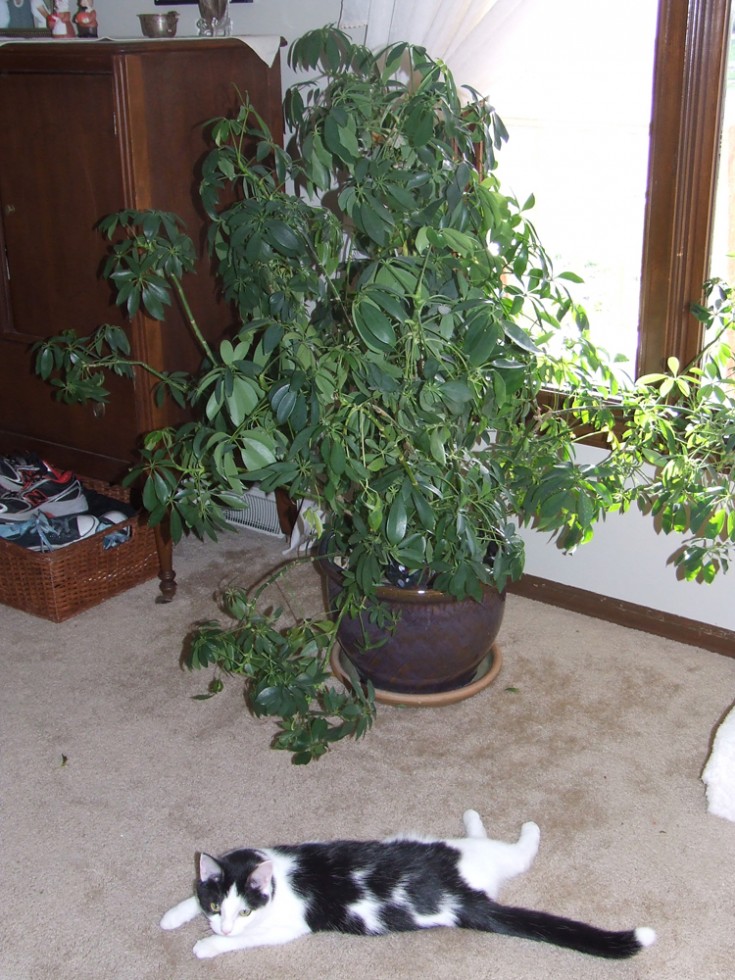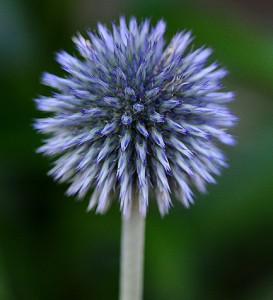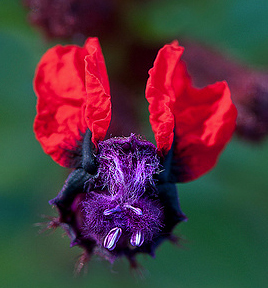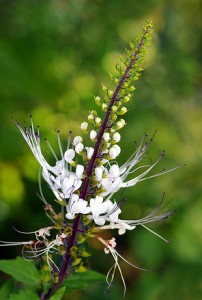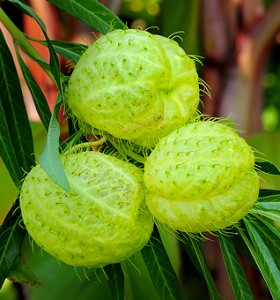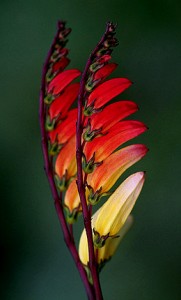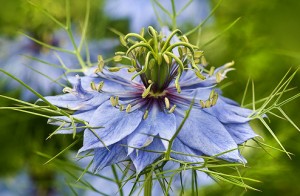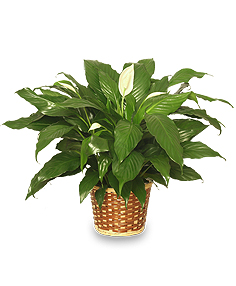
Christmas seems to come earlier and earlier ever year. If you haven’t already got your tree up, here are a few easy tips to make your Christmas tree look extraordinary.
- ‘Fluff’ all of the limbs on your tree. If your tree is fake, take the time to ungroup all of the branches on every limb, try to fill in every hole. Yes it takes time, but it will make your fake tree look fuller, and more real-to-life.
 Extra ‘fluff’ the bottom limbs. Don’t let your tree just cut off at the bottom, pull branches down with limbs pointing slightly upward to make it look rounded and natural.
Extra ‘fluff’ the bottom limbs. Don’t let your tree just cut off at the bottom, pull branches down with limbs pointing slightly upward to make it look rounded and natural.- Inside out. Add shiny, ‘filler’ ornaments to the inside first to make it look more full.
- Let ornaments hang. Do your best to let your ornaments hang naturally and not get caught up on limbs below. Even if you have to adjust the wire-branches around each ornament, it will look much better than if it was stuck on a branch. Also, the branches you adjust will fill in more holes.
- Adjust ornaments with faces. If you have ornaments with faces, point them in a natural position. Example: little bird clip-ons – adjust the wire in the tree branches to have them sitting straight and looking in the direction you want.
- Use garland in new ways. Garland doesn’t have to be the same old tinsel wrapped around the tree over and over again. Try using beads, ribbon, pearls, etc instead of traditional garland. Hang it in new ways, such as vertically down the tree, or weave it in-and-out in big loops. [Read more…]


 Find Your
Find Your 
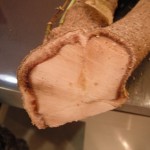
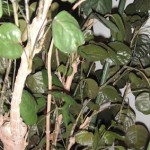

 Coffee grounds are acidic. So they are used around plants that are acid loving. Azaleas, hydrangea, gardenias, hibiscus, roses, camellias and blueberries are types of acid-loving plants.
Coffee grounds are acidic. So they are used around plants that are acid loving. Azaleas, hydrangea, gardenias, hibiscus, roses, camellias and blueberries are types of acid-loving plants.